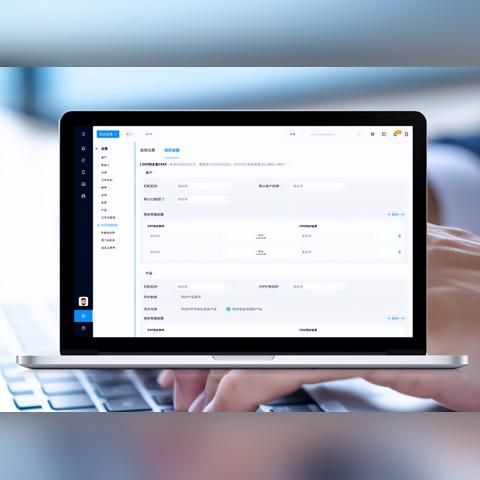The 100th edition of "Housekeeper" is honored to present a comprehensive discourse on the concepts of “Energy Interconnection” and “Resource Plundering” as part of our ongoing mission to provide insightful and analytical perspectives on contemporary issues. This piece will serve as a comparative study, delving into the complexities of how society views and manages resources in the modern world.
The Rise of Energy Interconnection
Energy Interconnection refers to the global, regional, national, or local integration of energy systems to optimize the use of resources and ensure a stable and reliable energy supply. This model promotes an interconnected grid that can share resources and storage capacities, reducing inefficiencies and enhancing resilience against disruptions.
The Consequences of Resource Plundering
On the other hand, Resource Plundering is the act of extracting natural resources without consideration for sustainable development or the long-term consequences on the environment and local communities. This exploitative approach often results in environmental degradation, social conflicts, and geopolitical tensions due to the uneven distribution of benefits.
Comparing Energy Interconnection and Resource Plundering
In today’s world, Energy Interconnection and Resource Plundering are two different strategies that nations and corporations employ to manage their energy and resource needs. Energy Interconnection, taking a more collaborative approach, aims to create a global network that supports international solidarity and cooperation. In contrast, Resource Plundering signifies a unilateral and often aggressive tactic, prioritizing immediate gains over long-term sustainability.
The Benefits of Energy Interconnection
Advocates for Energy Interconnection argue that it leads to a more efficient allocation of resources. It allows countries to share their excess energy with regions facing shortages, reducing waste and enhancing energy security. This system also fosters innovation by creating an environment where best practices and new technologies can be shared and implemented across borders.
Energy Interconnection also promotes a more balanced energy distribution, reducing dependence on fossil fuels and encouraging the development of renewable energy sources. This shift towards cleaner energy sources is crucial in the fight against climate change, as it can lower greenhouse gas emissions substantially.
The Drawbacks of Resource Plundering
Resource Plundering, however, carries numerous consquences. It often results in over-extraction, which can deplete resources faster than they can be replenished, causing long-term environmental damage. Moreover, the method frequently overlooks the ecological and socio-economic impacts on the regions from which resources are extracted, undermining the health and wellbeing of indigenous peoples and local ecosystems.
This approach also fuels conflict and competition between nations, as each seeks to secure more resources for itself without regard for the collective good. This can destabilize regions and contribute to global tensions, which could ultimately impact the international business environment and jeopardize diplomatic relations.
Sustainable Energy Solutions vs. Unsustainable Resource Exploitation
On the flip side, Resource Plundering, despite its drawbacks, can provide short-term economic benefits to entities engaging in the practice. However, this gain is often at the expense of broader social and environmental costs, creating a scenario where the few prosper while many others suffer.
Towards a Balanced Approach
The ideal scenario would involve a harmonious blend of both Energy Interconnection and responsible resource management. While Energy Interconnection offers pathways to more sustainable and secure energy futures, it is paramount that this interconnection does not become another form of Resource Plundering, where the benefits are disproportionately skewed towards a few.
There is a need for international cooperation, regulatory oversight, and ethical guidelines to prevent the misuse of Energy Interconnection and to ensure that its adoption is equitable and just. At the same time, to combat Resource Plundering, there must be an emphasis on ethical sourcing, fair trade, and corporate social responsibility.
Conclusion
In conclusion, Energy Interconnection and Resource Plundering represent two divergent paths for the future of energy and resource management. While the choice between them may seem clear, the reality is more complex. A balanced approach that leverages the strengths of Energy Interconnection while mitigating the risks associated with Resource Plundering is necessary to achieve sustainable development that benefits all stakeholders.
As we move into an increasingly interconnected global landscape, the discourse on these two topics will remain crucial. It is through informed debate and action that we can hope to safeguard our planet's resources and ensure a sustainable future for generations to come.















 琼ICP备2023003230号-1
琼ICP备2023003230号-1
还没有评论,来说两句吧...